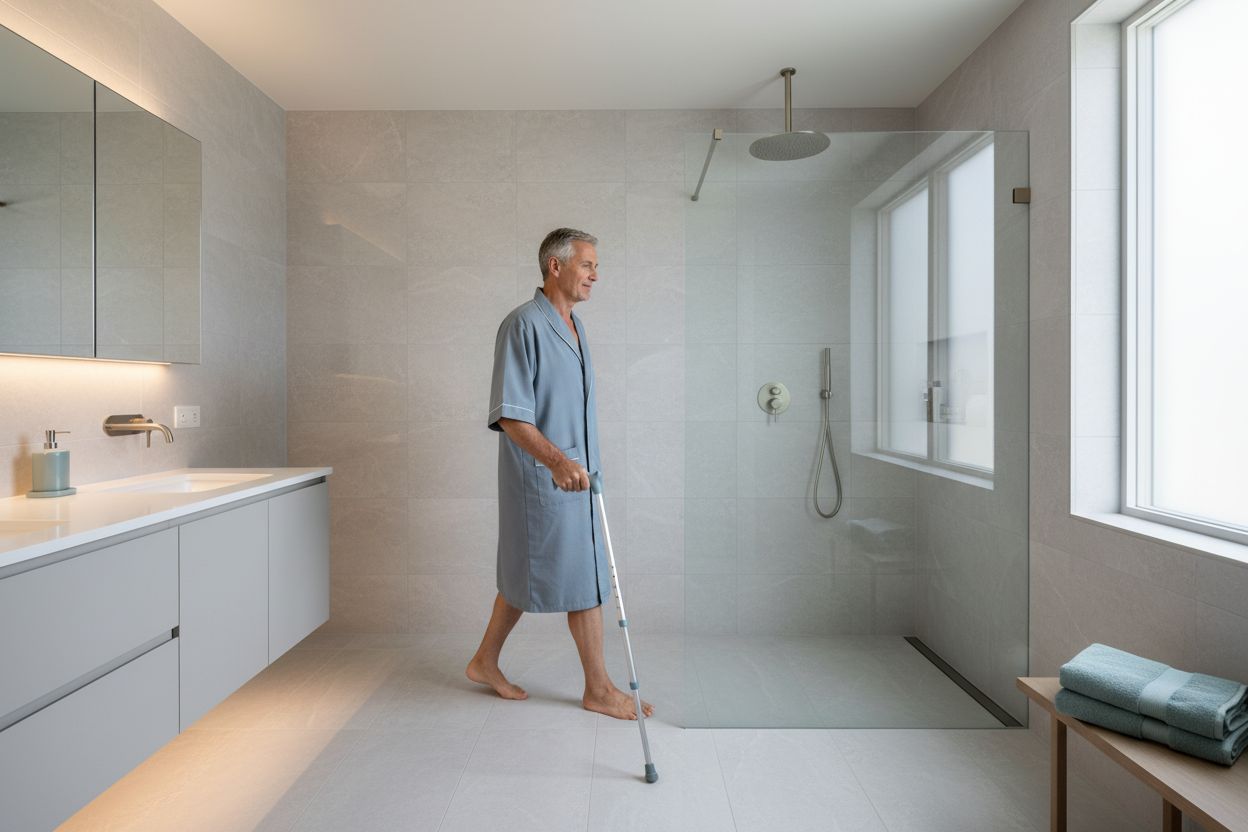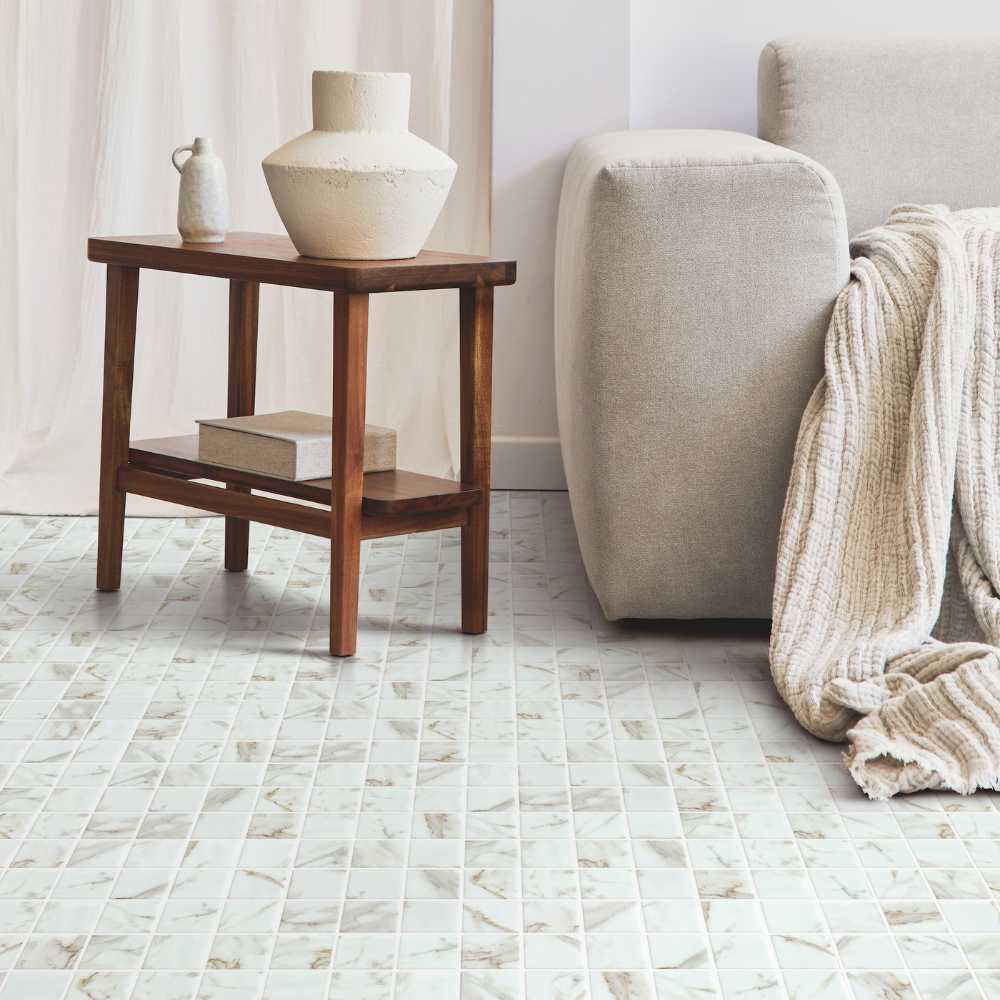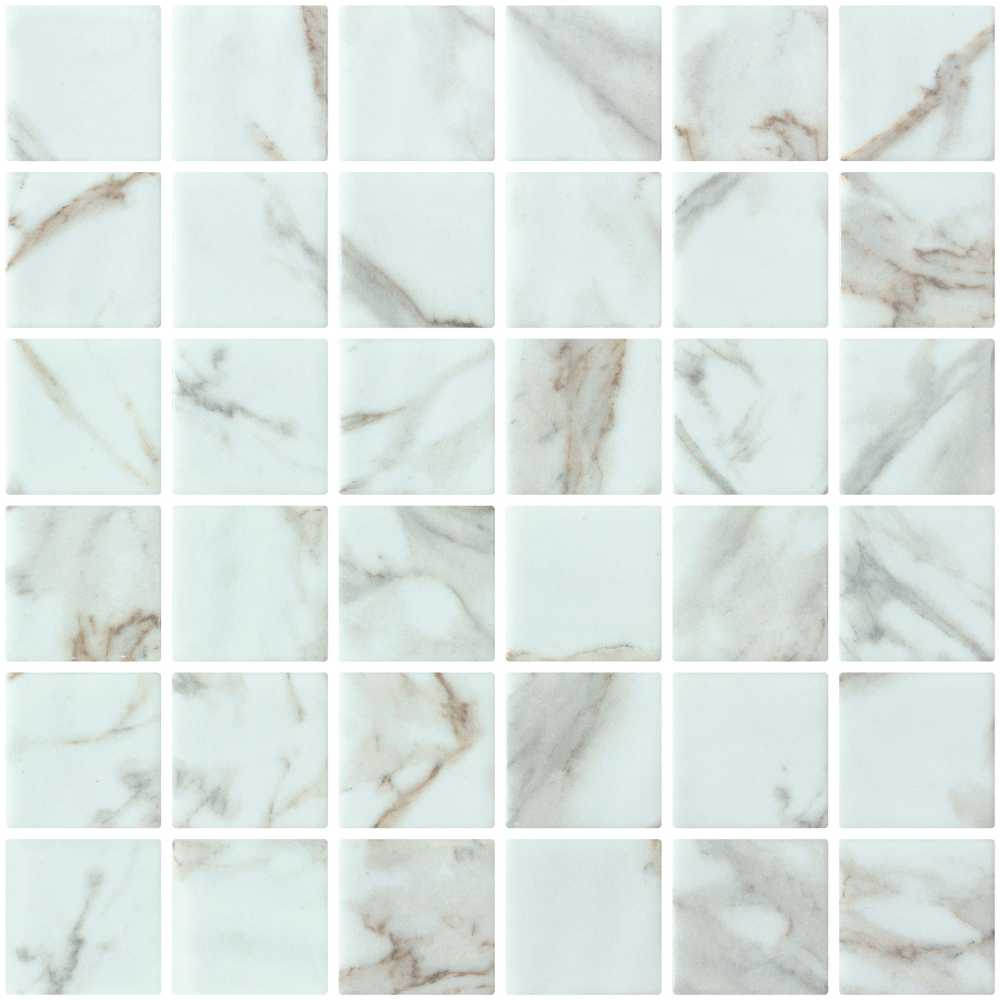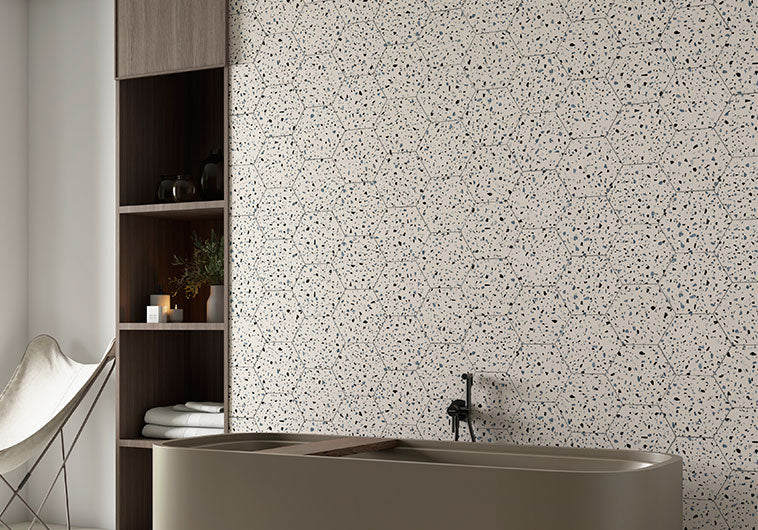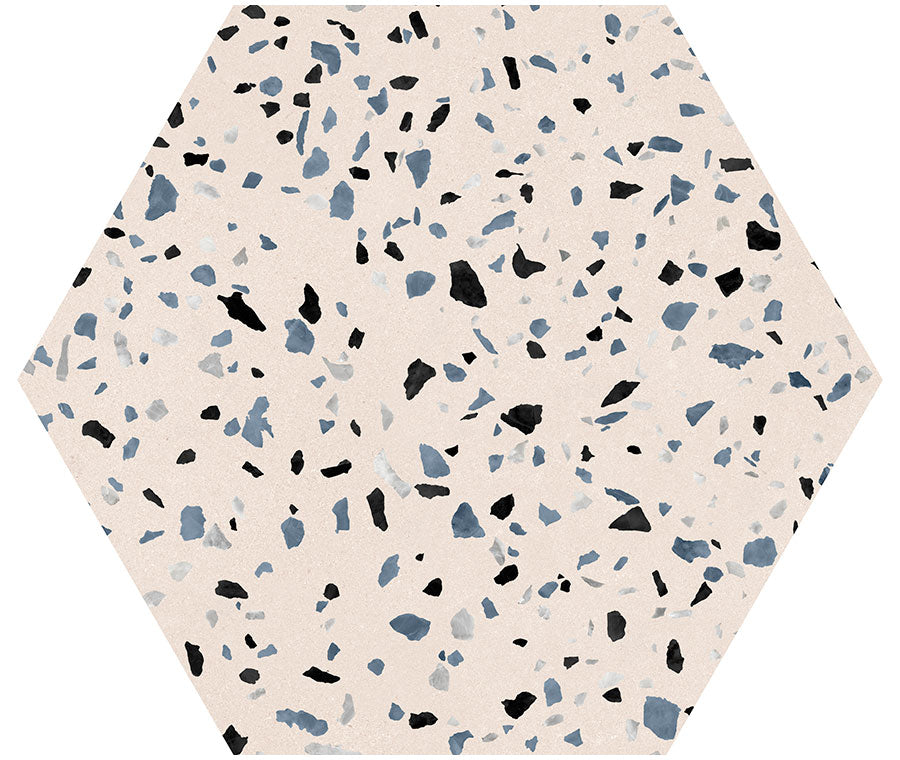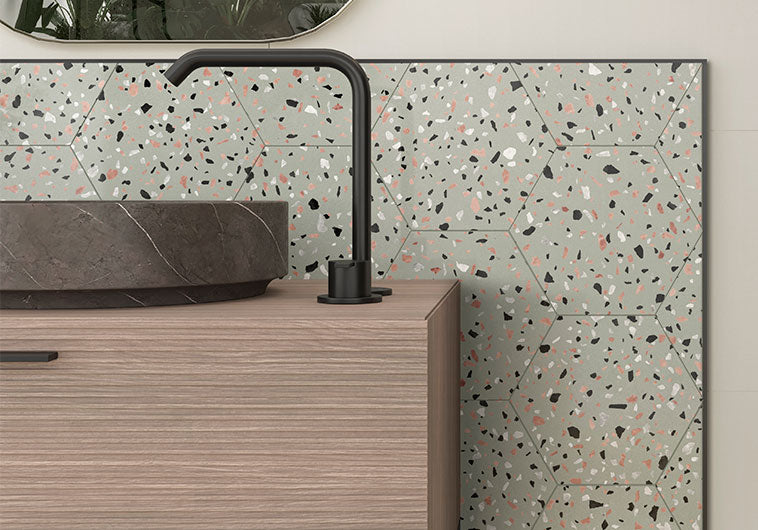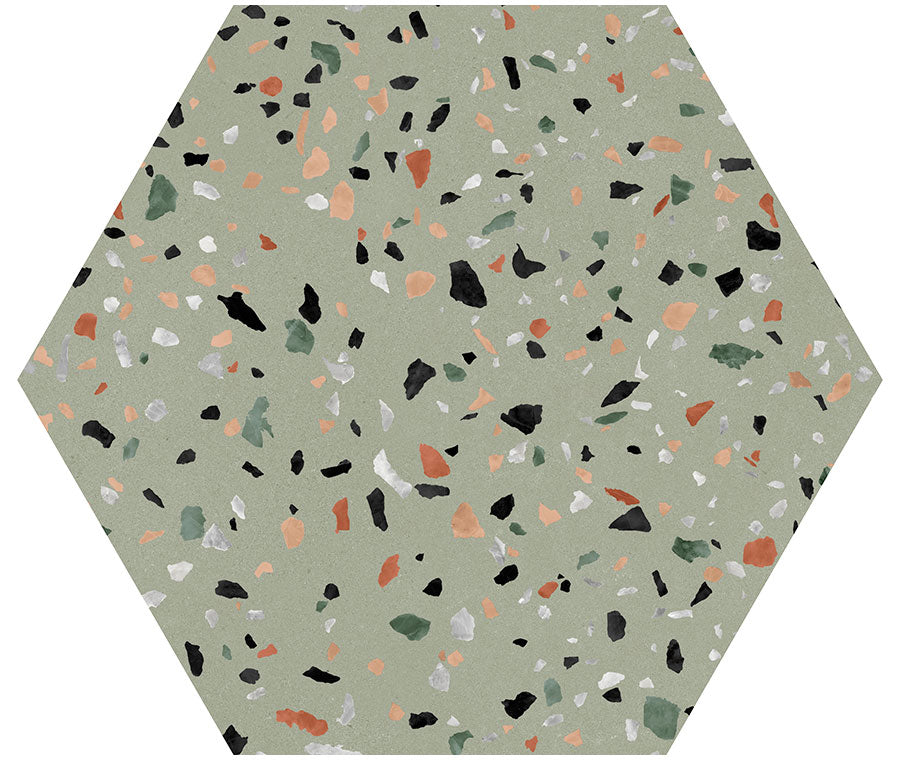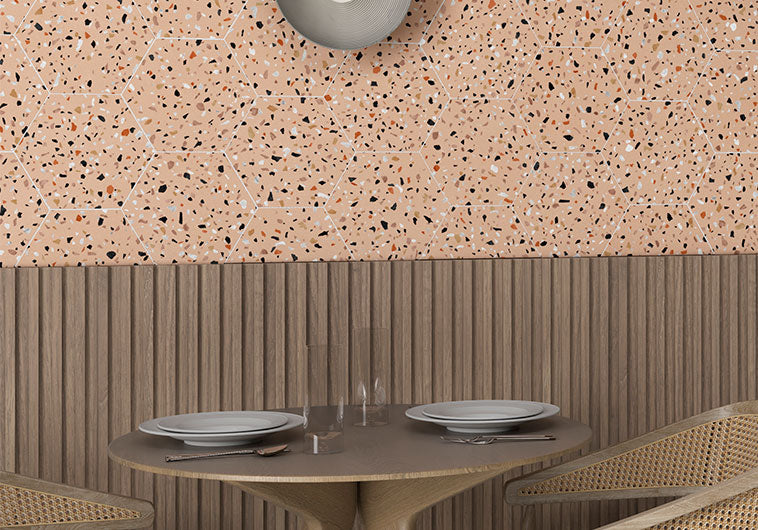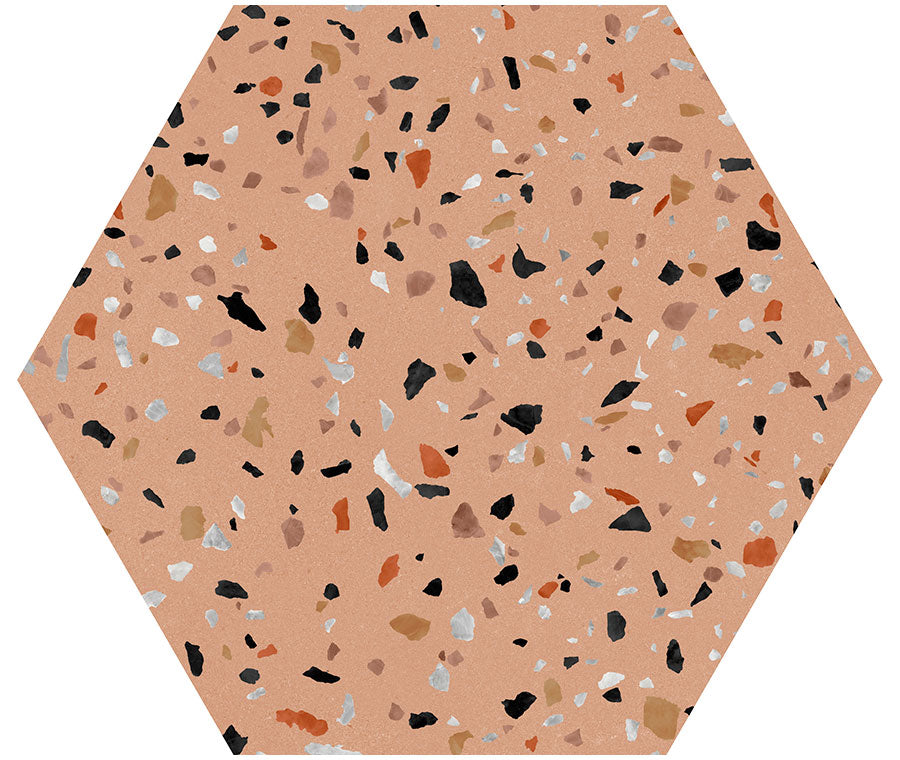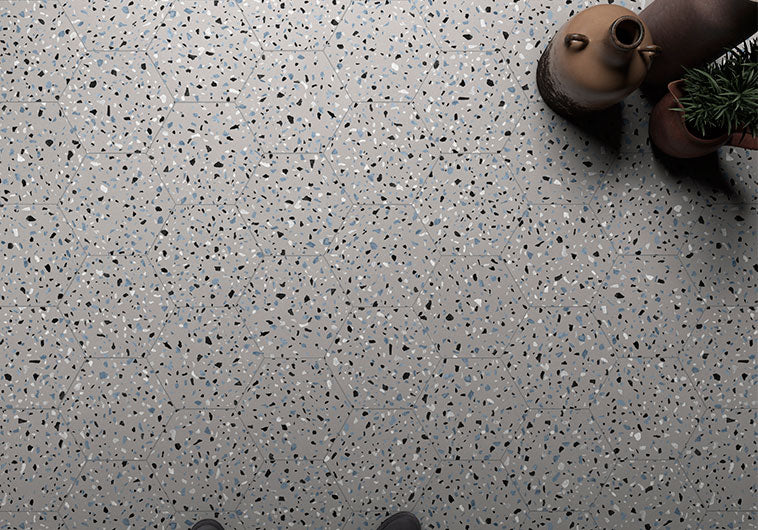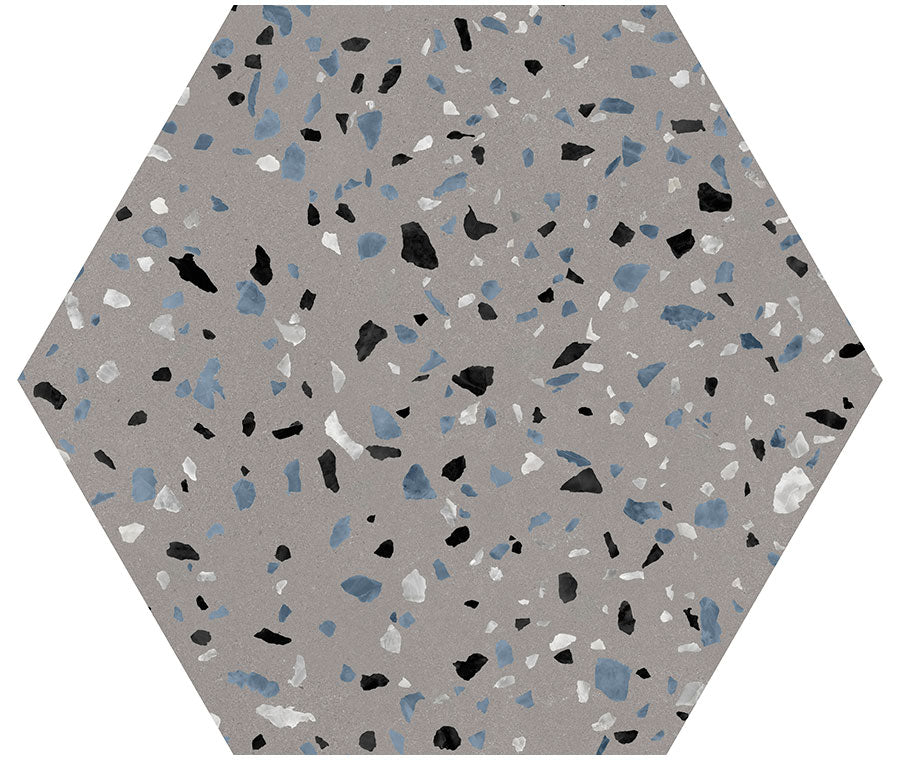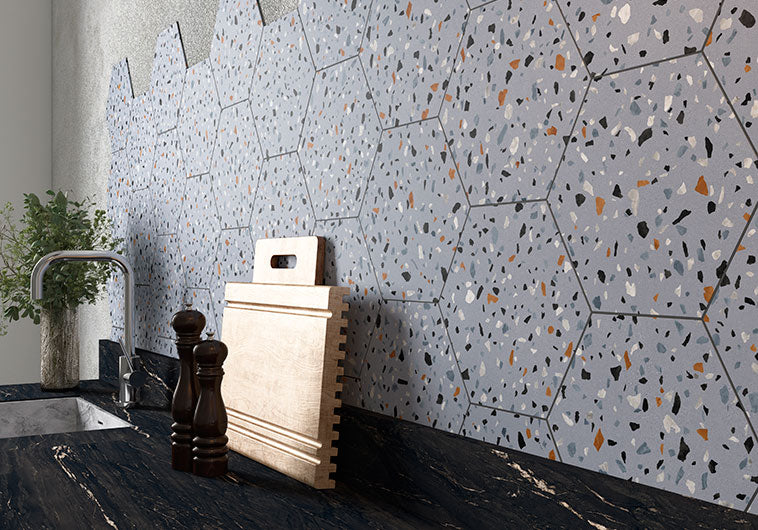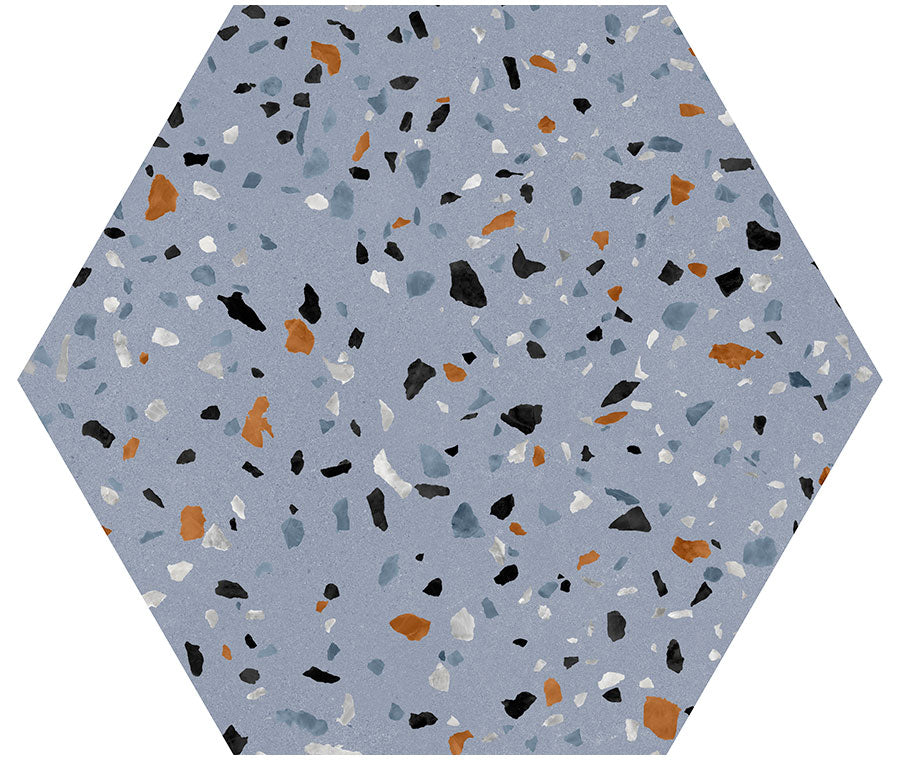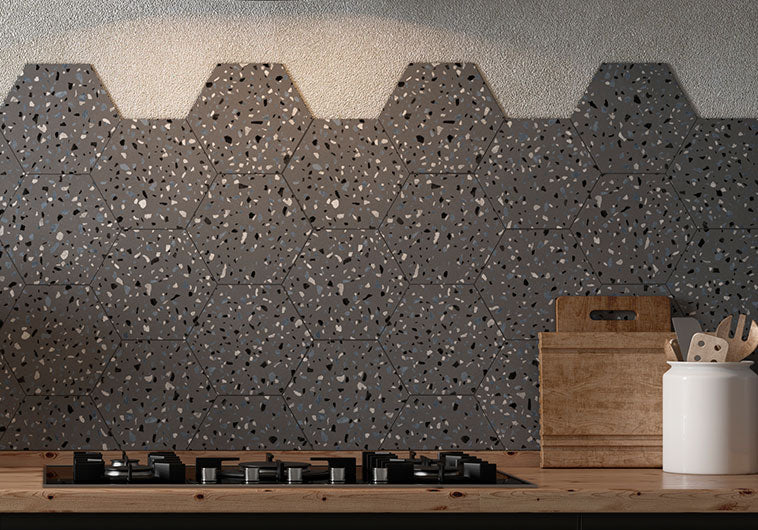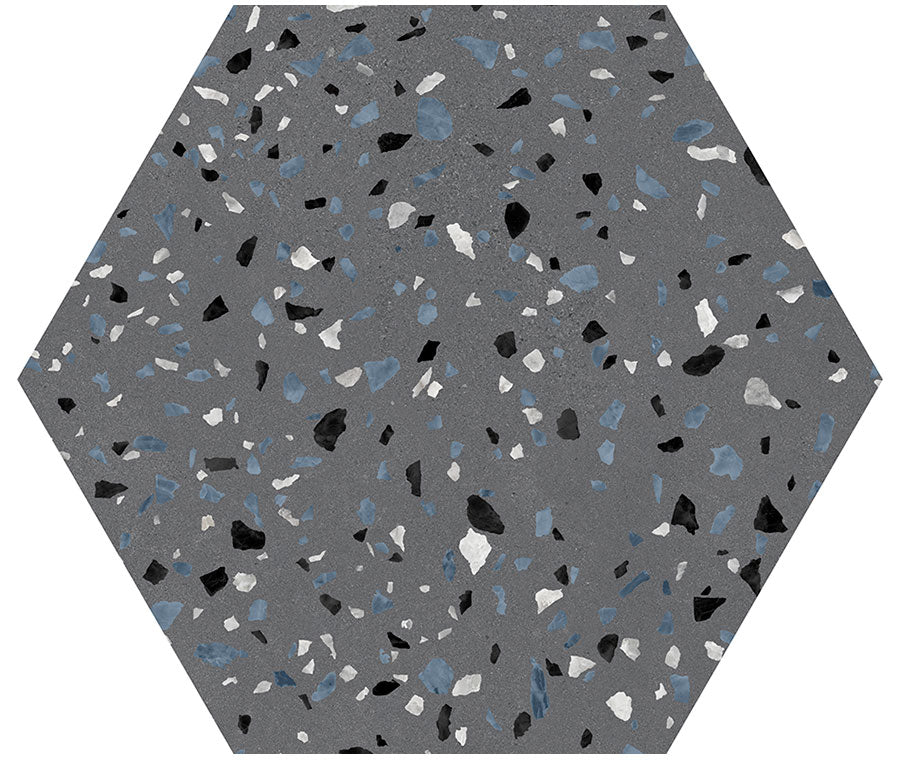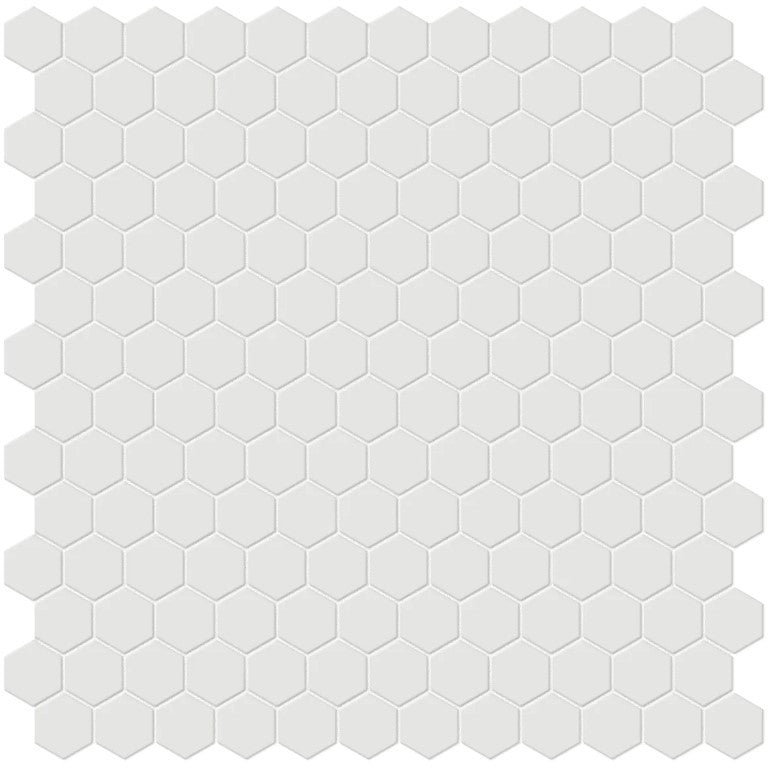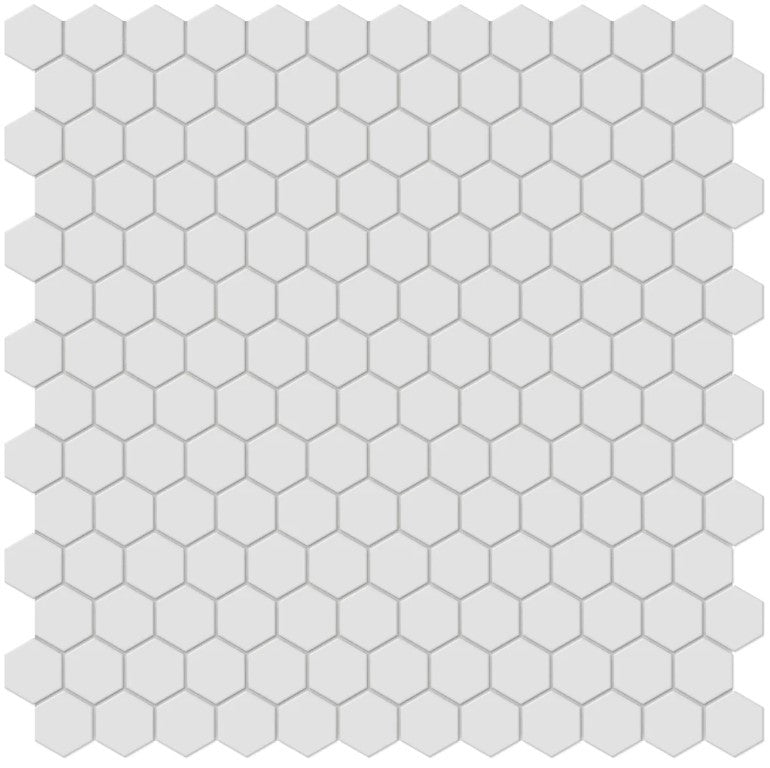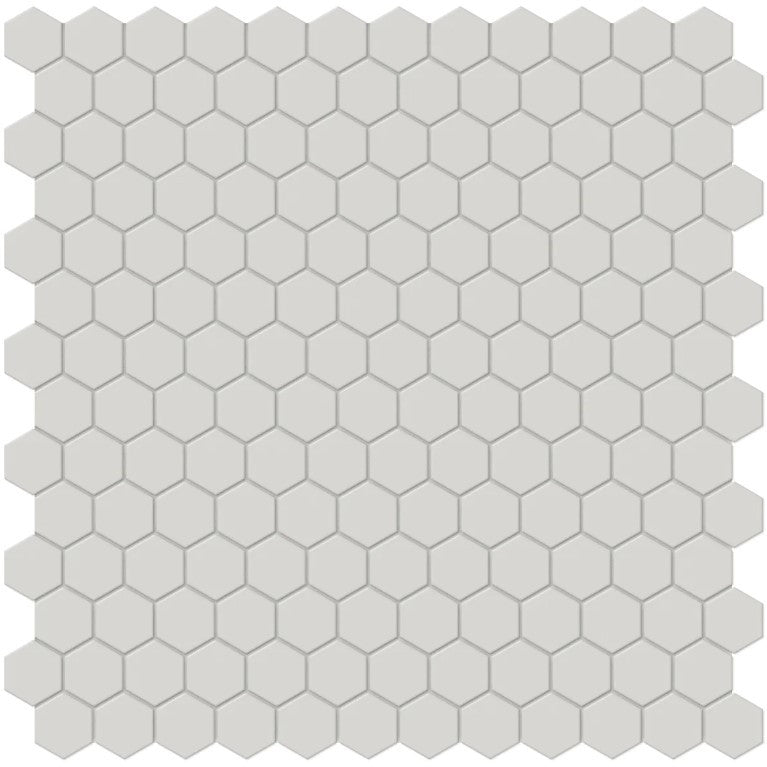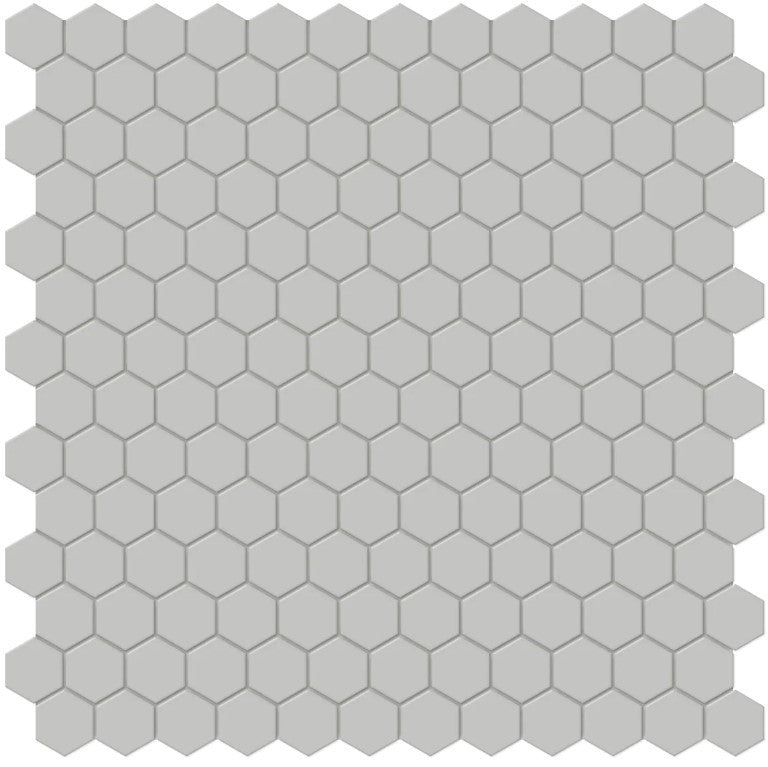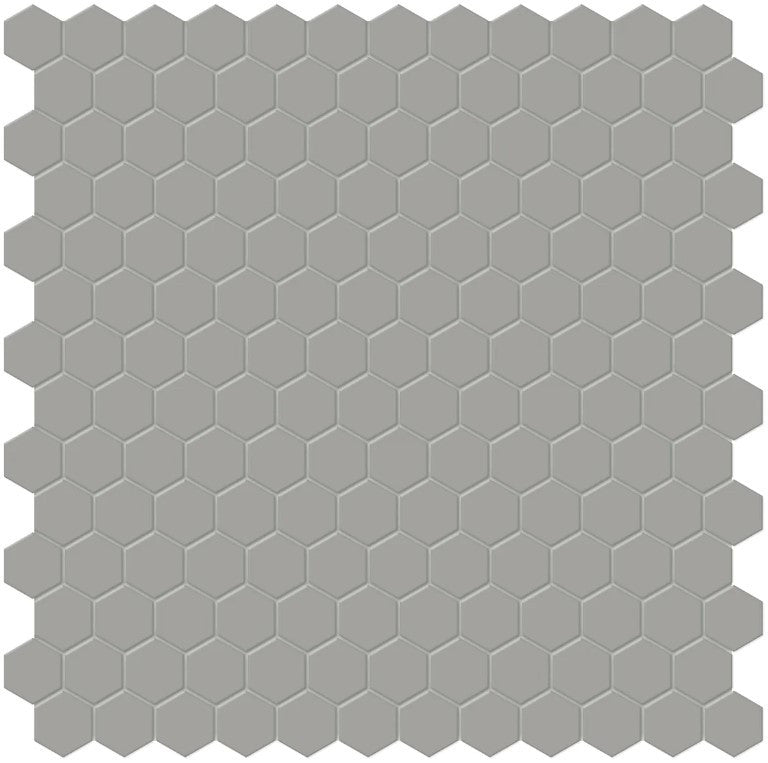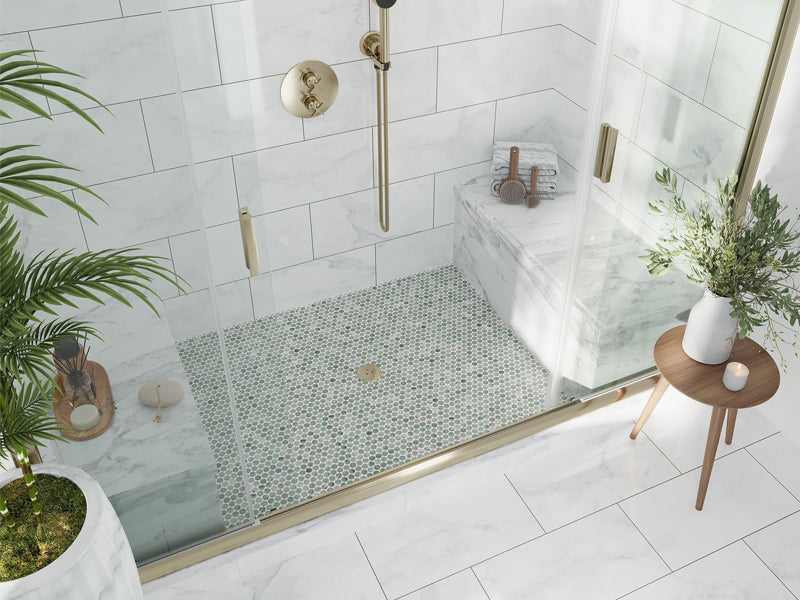Nearly one in four homeowners now choose barrier-free showers for their bathroom remodels, making curbless designs one of the fastest-growing trends in home improvement. The appeal goes beyond sleek looks, as these showers blend eye-catching style with practical features that support safety, accessibility, and easy upkeep. From design flexibility to essential safety standards, understanding curbless showers opens up new possibilities for creating functional and inviting bathroom spaces.
Key Takeaways
| Point | Details |
|---|---|
| Universal Design Benefits | Curbless showers enhance accessibility, making them ideal for users of all ages and mobility levels. |
| Aesthetic and Functional Appeal | This design creates a modern look while simplifying maintenance and expanding visual space. |
| Critical Waterproofing Requirements | Proper waterproofing and drainage techniques are essential to prevent water damage and ensure longevity. |
| Design Considerations | Plan carefully to avoid common installation errors such as incorrect drain placement and inadequate slope, which can affect performance. |
Table of Contents
- Defining Curbless Showers And Key Benefits
- Essential Styles And Layout Variations
- Waterproofing And Drainage Requirements
- Accessibility, Codes, And Safety Standards
- Step-By-Step Installation And Material Selection
- Common Design Mistakes And How To Avoid Them
Defining Curbless Showers and Key Benefits
A curbless shower represents an innovative bathroom design that eliminates the traditional raised threshold between the shower area and the surrounding floor. This seamless approach creates a smooth, continuous surface that not only looks stunning but offers remarkable functional advantages.
According to Silverado Showers, curbless showers provide several transformative benefits:
- Universal Design: Safe and inclusive for seniors, children, and users with mobility challenges
- Enhanced Visual Appeal: Creates a sleek, modern aesthetic in bathrooms
- Spaciousness: Removes visual barriers, making bathroom spaces feel larger and more open
- Easier Maintenance: Eliminates hard-to-clean ledges and creates smoother cleaning surfaces
Beyond aesthetics, curbless showers represent a forward-thinking approach to bathroom design. They eliminate tripping hazards and provide seamless accessibility, making them an excellent choice for homeowners planning long-term living spaces. Whether you’re designing for aging in place or simply want a contemporary bathroom upgrade, these showers offer both style and practical functionality.
The design’s minimalist approach allows for incredible design flexibility. You can integrate these showers into various bathroom layouts, from compact urban spaces to expansive master bathrooms, ensuring a sophisticated and adaptable solution for modern home design.
Essential Styles and Layout Variations
Curbless shower designs aren’t one-size-fits-all. They offer remarkable flexibility in layout and drainage configurations that can transform even the most challenging bathroom spaces. Linear drains have emerged as a game-changing solution for creating seamless, modern shower environments.
According to PHC Professionals, linear drains provide significant advantages:
- Single-Slope Design: Creates a more straightforward floor configuration
- ADA Compliance: Supports accessibility standards
- Large-Format Tile Support: Enables broader tile installation options
- Reduced Maintenance: Minimizes water pooling and cleaning challenges
Drain Placement becomes crucial in optimizing your shower’s functionality. As Corley Designs explains, you have strategic options:
- Entry-Side Placement: Simplifies subfloor preparation
- Back-Wall Placement: Supports higher water flow rates
- Perpendicular Trench Drains: Ideal for compact bathroom layouts
Here’s a comparison of key shower drain placement options:
| Placement Type | Main Benefits | Typical Use Cases |
|---|---|---|
| Entry-Side Placement | Easier subfloor prep Simple slope |
Remodels Limited space |
| Back-Wall Placement | Higher water flow Concealed design |
Master baths Modern look |
| Perpendicular Trench | Fits tight layouts Efficient drainage |
Small bathrooms |
Custom shower bases play a pivotal role in achieving perfect slope and drainage. By carefully selecting your drain type and location, you can create a shower that’s not just visually striking but also supremely functional. Whether you’re working with a spacious master bath or a compact urban bathroom, these layout variations offer design solutions that marry form and function seamlessly.
Waterproofing and Drainage Requirements
When designing a curbless shower, waterproofing isn’t just a recommendation—it’s an absolute necessity. The complex installation process demands meticulous attention to detail to prevent water damage and ensure long-term structural integrity. Learn more about waterproofing bathroom tiles to understand the critical foundations of moisture protection.
According to the Tile Letter’s review of TCNA Handbook methods, several critical requirements must be met:
- Depressed Concrete Slab: Creates the foundational structure for proper water management
- Bonded Waterproof Membrane: Must be continuous across both floor and wall surfaces
- Precise Slope Configuration: Minimum ¼″ slope per foot to ensure effective water drainage
- Overflow Protection: Strategically designed areas to manage potential water spillage
Additionally, some installations might require a secondary drain system to handle excessive water splash or ensure comprehensive moisture evacuation. The key is creating a multi-layered waterproofing strategy that anticipates potential water movement and prevents any potential seepage or damage.
Implementing these technical requirements isn’t just about preventing water damage—it’s about creating a reliable, long-lasting shower environment that maintains its aesthetic and functional integrity. Proper waterproofing ensures your curbless shower remains a beautiful, functional space for years to come, protecting both your investment and your home’s structural health.
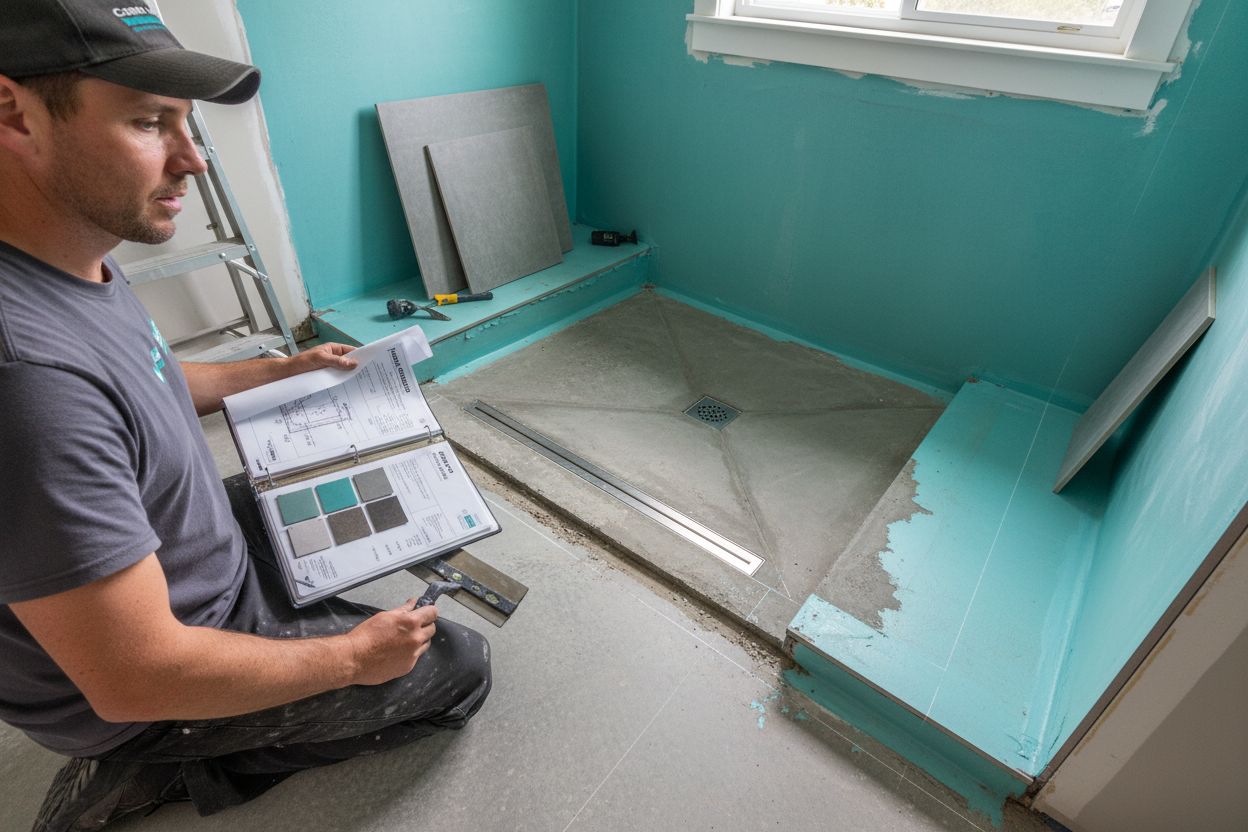
Accessibility, Codes, and Safety Standards
Designing a curbless shower goes far beyond aesthetics—it’s about creating an inclusive space that meets critical safety standards and ensures accessibility for everyone. Universal design principles transform bathrooms from potentially challenging spaces into welcoming environments for individuals with diverse mobility needs.
According to the Americans with Disabilities Act (ADA) 2010 Standards, specific requirements must be met for truly accessible shower spaces:
- Minimum Size Requirements: 36×36" for transfer or roll-in shower types
- Threshold Limitations: Maximum ½" height to prevent mobility obstacles
- Temperature Control: Hand-held shower units with non-positive shut-off
- Maximum Water Temperature: Limited to 120°F for safety
- Clear Floor Space: Sufficient area for wheelchair maneuverability
- Accessible Controls: Positioned for easy reach and operation
These standards aren’t just bureaucratic checkboxes—they represent a commitment to designing spaces that welcome and support all users. By integrating these guidelines, you’re creating a bathroom that adapts to people’s changing needs, whether they’re dealing with temporary injuries, aging in place, or permanent mobility challenges.
Beyond ADA requirements, consider additional safety features like non-slip surfaces, strategically placed grab bars, and thoughtful lighting. Your curbless shower can be a beautiful testament to inclusive design—proving that functionality and aesthetic elegance can coexist seamlessly.
Step-by-Step Installation and Material Selection
Creating a curbless shower demands precision, strategic planning, and careful material selection. While the process might seem complex, breaking it down into systematic steps can transform an intimidating project into a manageable renovation. Learn techniques for cutting tiles perfectly to ensure professional-quality results throughout your installation.
According to Tile Letter’s installation guidelines, the installation process involves critical stages:
- Concrete Slab Preparation: Create a depressed concrete base
- Waterproofing: Apply continuous membranes on floor and walls
- Mortar Bed Construction: Build with precise drainage slope
- Drain Integration: Follow TCNA recommended receptor details
![]()
Material selection plays a crucial role in long-term shower performance. Recommended materials include:
- Porcelain Tiles: Excellent water resistance and durability
- Large-Format Tiles: Fewer grout lines, easier maintenance
- Slip-Resistant Surfaces: Enhanced safety for wet environments
- Epoxy Grout: Superior water and stain resistance
Successful curbless shower installation requires more than technical skill—it demands understanding how each component works together. From selecting the right drainage system to choosing materials that complement your design vision, every decision impacts the shower’s functionality and aesthetic appeal. Take your time, plan meticulously, and don’t hesitate to consult professionals if you’re uncertain about any installation stage.
Common Design Mistakes and How to Avoid Them
Curbless shower installations might look seamless, but they’re technical minefields where small mistakes can lead to significant long-term problems. Design precision isn’t just recommended—it’s absolutely essential for creating a functional, reliable shower space. Learn how to mix tile patterns effectively to ensure your aesthetic vision doesn’t compromise structural integrity.
According to PHC Professionals, several critical design mistakes can derail your project:
- Drain Location Errors: Insufficient water flow potential
- Subfloor Material Mismatches: Compromising overall installation stability
- Incompatible Waterproofing: Potential long-term moisture issues
- Incorrect Drain Type Selection: Reducing system efficiency
As Floor Trends Magazine highlights, additional pitfalls include:
- Poor Slope Configuration: Creating water puddling zones
- Large Tile Misuse: Inadequate pitch management
- Drainage System Incompatibility: Compromising water evacuation
Mitigating these risks requires meticulous planning and professional-level attention to detail. Think of your curbless shower as a complex system where every component must work in perfect harmony. Consulting with experienced professionals, double-checking specifications, and investing time in precise measurements can transform potential disasters into stunning, functional shower spaces.
Find the Perfect Tiles for Your Curbless Shower Transformation
If you want a truly seamless and safe curbless shower, choosing the right tile is more important than ever. Are you worried about slip-prone surfaces or struggling to find tiles that match your vision for a modern, accessible bathroom? The details matter—proper slope, waterproofing, and slip resistance all depend on materials that deliver beauty and performance. At TileChoices.com, you can easily discover a curated selection of porcelain and large-format tiles—just like those mentioned in our guide—for creating elegant, durable, and effortless to clean shower spaces.
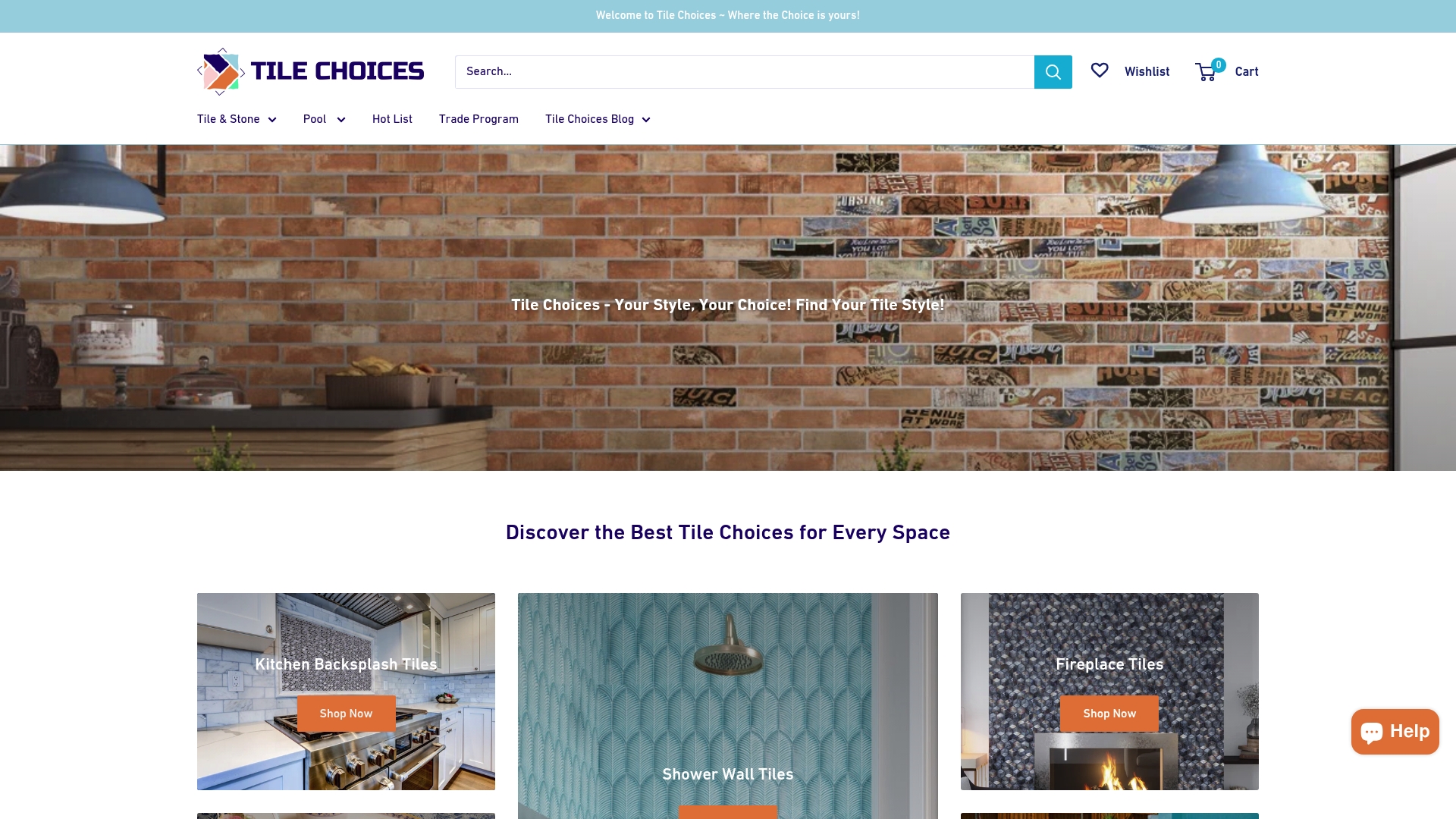
Let your shower reflect both your style and technical needs. Visit TileChoices.com now to explore our high-quality tiles, get expert advice, and start your bathroom upgrade with confidence. Need more inspiration or installation tips? Dive into our blog for professional guidance. For ceramic projects, our easy steps on cutting ceramic tile can help you finish the job right. Make your curbless shower project a success—shop today and enjoy lasting peace of mind.
Frequently Asked Questions
What are the main benefits of a curbless shower?
Curbless showers offer several advantages, including improved accessibility for individuals with mobility challenges, enhanced visual appeal that creates a modern aesthetic, a feeling of spaciousness in the bathroom, and easier maintenance due to the absence of ledges.
How do I ensure proper drainage in a curbless shower?
To ensure proper drainage, it’s crucial to implement a precise slope configuration of at least ¼″ per foot toward a strategically placed drain. Options like linear drains can simplify the drainage process and support large-format tile installations.
What are the essential waterproofing requirements for curbless showers?
Essential waterproofing requirements include creating a depressed concrete slab, using a bonded waterproof membrane that covers both floor and wall surfaces, ensuring precise slope for effective drainage, and considering overflow protection to manage any potential water spillage.
What design mistakes should I avoid when planning a curbless shower?
Common design mistakes to avoid include incorrect drain location leading to insufficient water flow, mismatched subfloor materials that compromise stability, incompatible waterproofing methods, and failure to achieve the recommended slope for effective water drainage.

